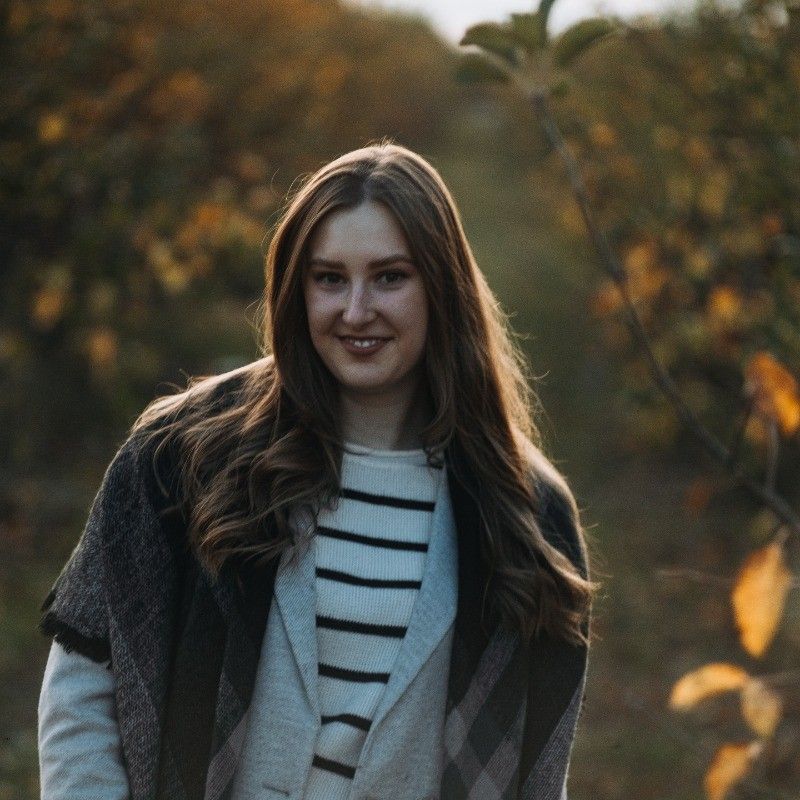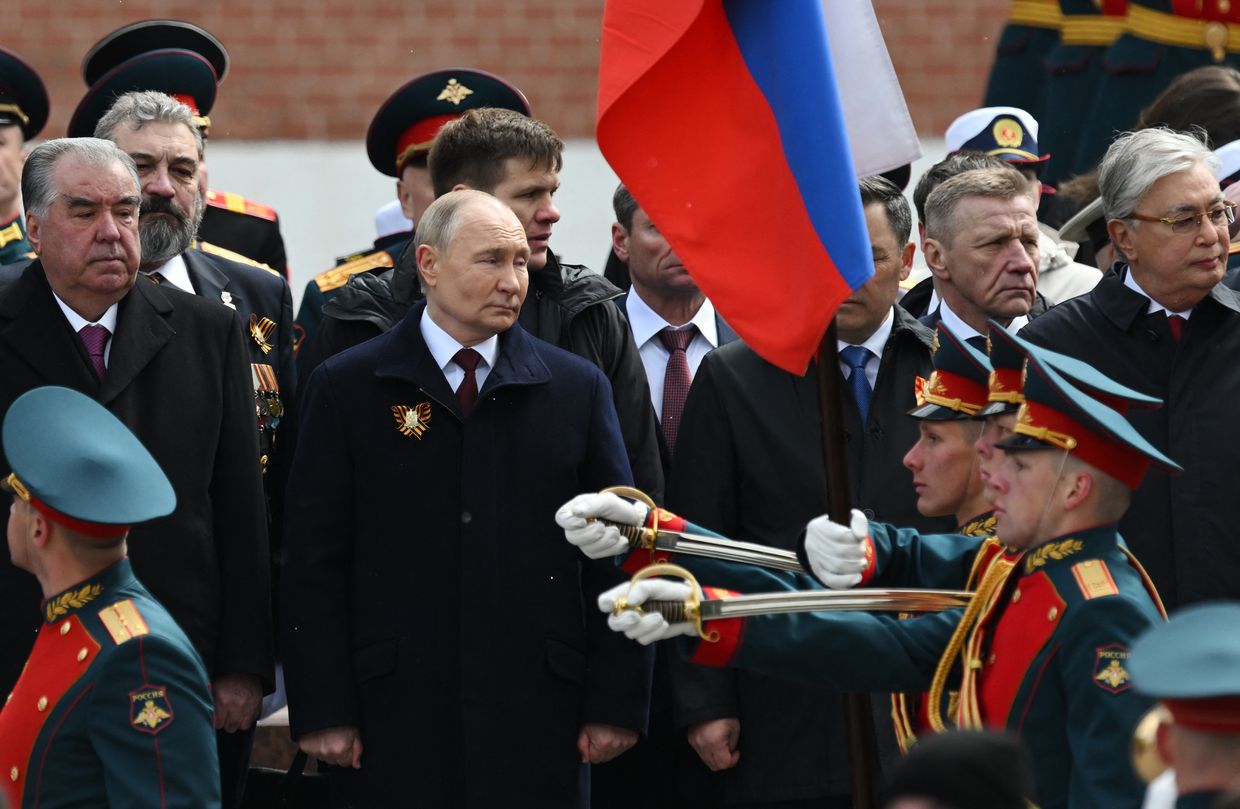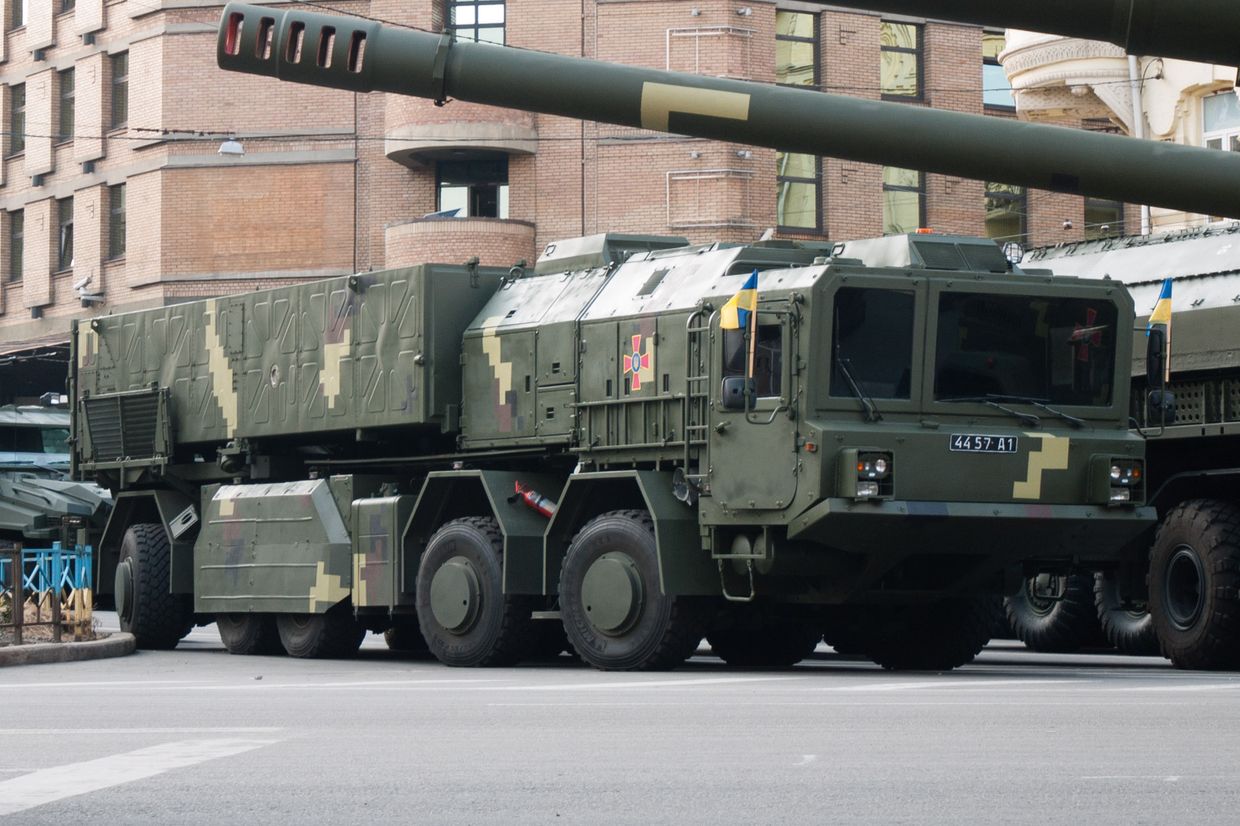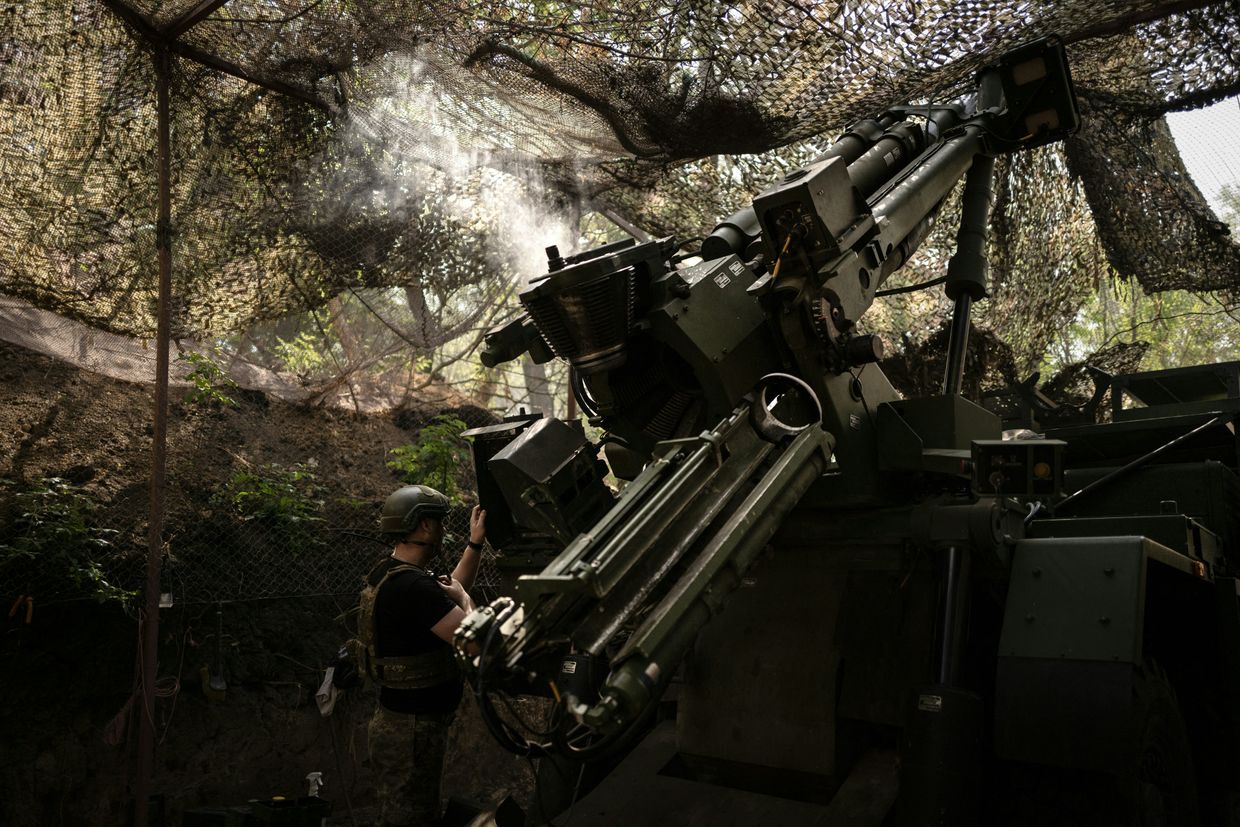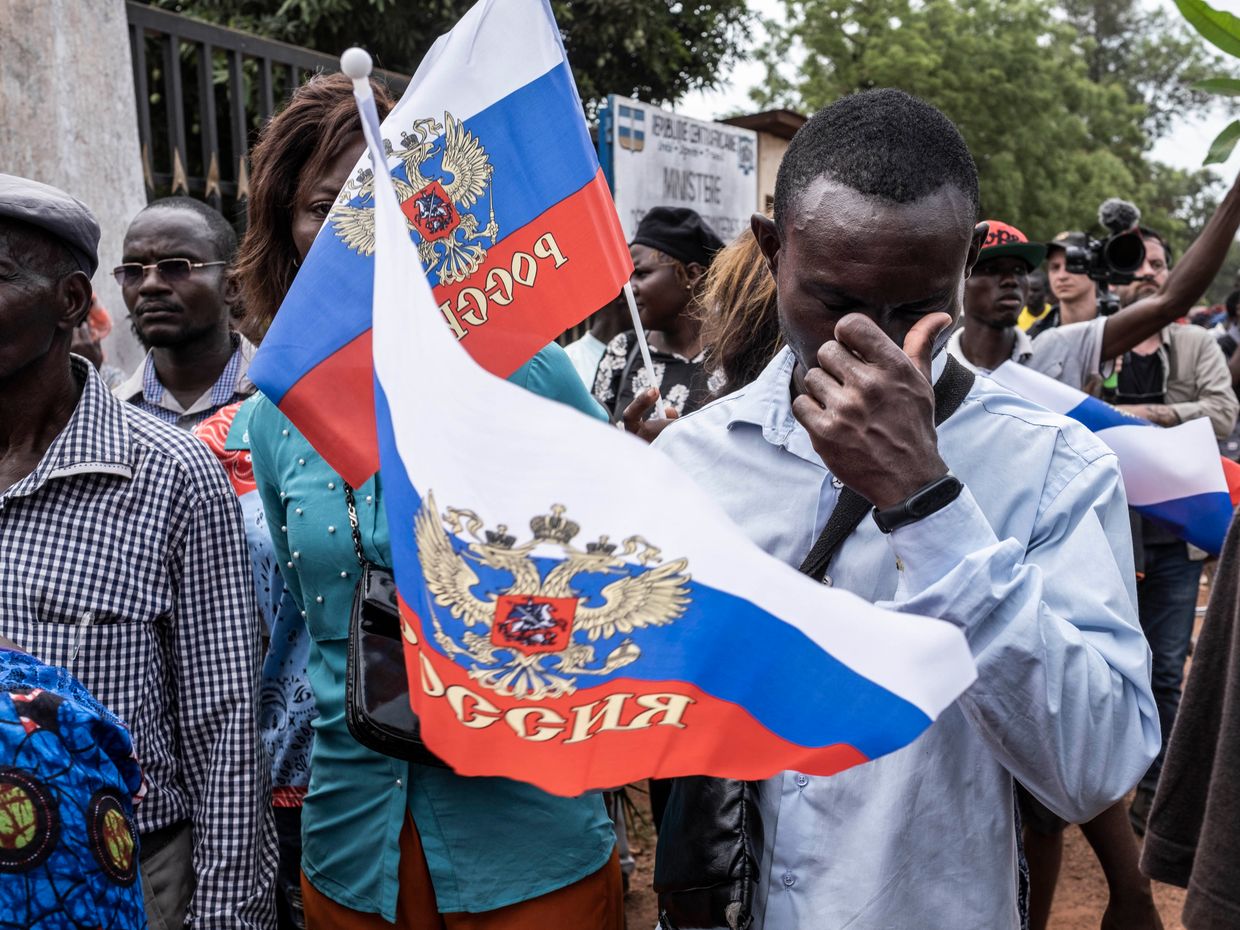Editor’s Note: This article was published by the twice-weekly newsletter “The Counteroffensive with Tim Mak” on April 29, 2024, and has been re-published by the Kyiv Independent with permission. To subscribe to "The Counteroffensive," click here.

While most Ukrainians take shelter during Russian attacks, Ukrainian soldier Kostiantyn Chernyshov heads toward the drones. In a war of advanced technology, Kostiantyn's tools would be more at home in World War II: he shoots down Russian drones with a machine gun.
"You only have a few seconds to shoot down the drone or damage it as much as possible," he told The Counteroffensive.
Kostiantyn, 26, has served in the Ukrainian military's Mobile Air Defense Fire Team's 756th Regiment of the State Special Transport Service for over two years, shooting down Russian Shahed drones.
Mobile Air Defense Fire Teams were created before Russia's full-scale invasion of Ukraine in February 2022. Instead of using high-tech air defense systems like the Patriot or Iris-T, they use simple military vehicles equipped machine guns to bring Russian drones down.
Kostiantyn's team, which consists of four people, helps defend Ukraine's capital city of Kyiv.

"I am a gunner – I load the machine gun and wait for the command to open fire. I also watch the sky," Kostiantyn said.
The leader of his team is responsible for the thermal camera, binoculars, and a laser pointer. He gives the order to fire. A driver transports the team to their secret designated locations and lights up the sky with a spotlight. There is also an assistant gunner who guards the group and helps Kostiantyn with ammunition.
Kostiantyn's team work virtually 24/7 and can be called to shift at any time. They only have a few minutes to get ready when they receive the order to leave.
"We don't know whether it's a training exercise or a combat mission. We treat each of them as a combat mission," the soldier said.
From the start of the full-scale invasion in 2022 to the end of 2023, Russian forces attacked Ukraine with nearly 4,000 drones, most of which the Ukrainian military shot down. But Ukraine lacks enough air defense missiles to destroy all of Russia's weapons.
Shooting down weapons using modern technology is expensive, after all. A Russian kamikaze drone, like the Iranian-produced Shahed-136, is very cheap to produce, costing between $20,000 to $50,000 – the price of a new car in Ukraine. Meanwhile, the Patriot air defense missiles used to down the drones are estimated at around $4 million per missile.
To maximize Ukraine's air defense capabilities, mobile teams to counter Russian drones have become a vital, low-tech, and low-cost part of the war effort.
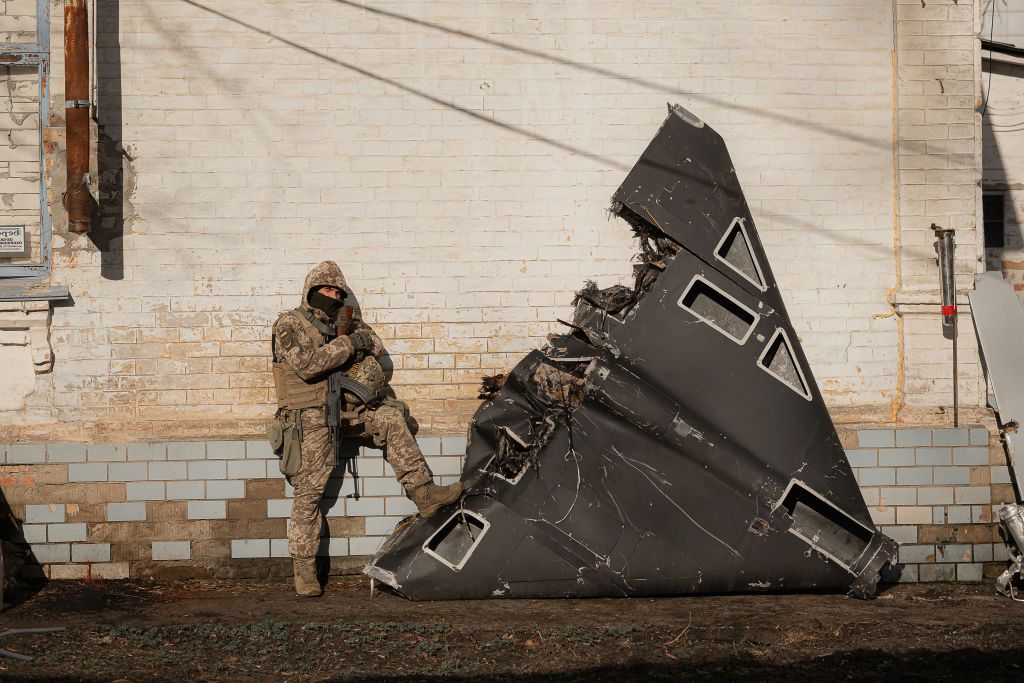
Prior to the full-scale invasion, Kostiantyn served as a border guard. He came to the Ukrainian Armed Forces as a volunteer on March 3, 2022.
Kostiantyn, who is a native of Ukraine's Dnipro Oblast, only have two to three days to train as the full-scale war was already in full swing by the time he joined. He was transferred to Chernihiv and later to Kyiv Oblast.
"I was told that I would be a gunner, since I already had experience with weapons," he said.
His job is hard work. Kostiantyn's longest shift lasted up to nine hours; the shortest, half an hour. Because Russian forces have been launching drones mainly at night, the Mobile Air Defense Fire Teams tend to work in darkness.
"We are given a certain amount of time during the day to prepare for night work. During the day we can sleep an extra four hours, and sometimes an extra hour of sleep gives us a lot. The body has already adapted," Kostiantyn said.
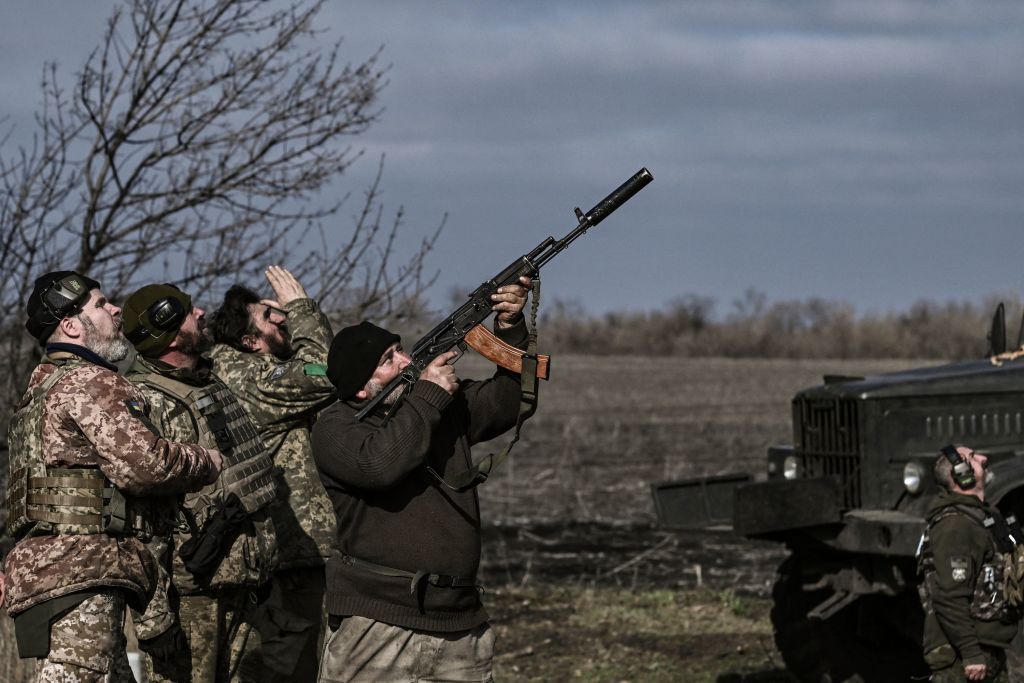
The first thing these groups receive is an order to go out. Usually, this happens before the air raid alert starts in Kyiv Oblast. Each group is assigned several locations, after which they roughly calculate where to go. If they arrive and this position is inconvenient, they can move.
It takes Kostiantyn's group about five to 10 minutes to get to their location from the base. The vehicle is immediately turned off. There must be complete silence so that they can hear the sound of the approaching drone. It makes the sound of a motorcycle and can be heard from around 250 meters away. Everyone immediately begins to do their job.
"I set up the machine gun, and my assistant brings in the ammunition. The driver turns on the spotlight at this time to check that everything is working and nothing is out of order… Then we put it out until we hear the sound of the Shahed. The whole preparation takes one minute," Kostiantyn said.
By day, the team spots the drones through binoculars. Even at night, the Shaheds are clearly visible through a thermal camera because the engine gives off heat. A spotlight illuminates the drones so Kostiantyn can aim. His team is responsible for a small sector.
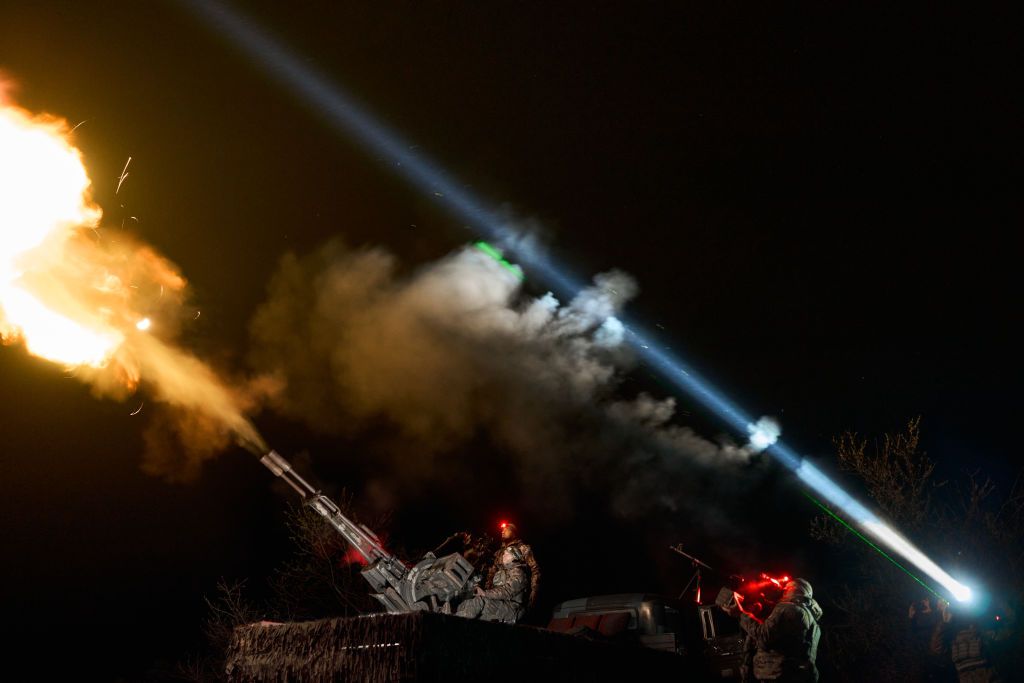
"I don't shoot where the spotlight is. I shoot in front of it. You have a few seconds while the drone is in your area, and you need to do as much damage as possible," Kostiantyn said.
It's very difficult to shoot down a drone and it often takes several Mobile Air Defense Fire Teams to take down a single one. The key is to hit the drone's engine, propellor, or front end to set it off.
"The difficulty is that you can shoot the drone completely, for example, damage the wing, but it can continue to fly," he said, adding that he can hit a drone from a kilometer away.
This can complicate the work of one's colleagues: If the target drone starts to sway instead of fly straight, it can be harder to shoot down. The group effort means Kostiantyn cannot count the number of Shaheds he has personally shot down.
According to Kostiantyn, a lot depends on the weather. It's much harder to shoot down Shahed drones in fog, rain, or clouds. That the Russian military has also started to paint their drones black has also complicated the work, but Ukraine’s military is overcoming this problem by illuminating the sky with a laser pointer.
The Ukrainian military said it could not tell us how many drones were downed by Kostiantyn due to security concerns.
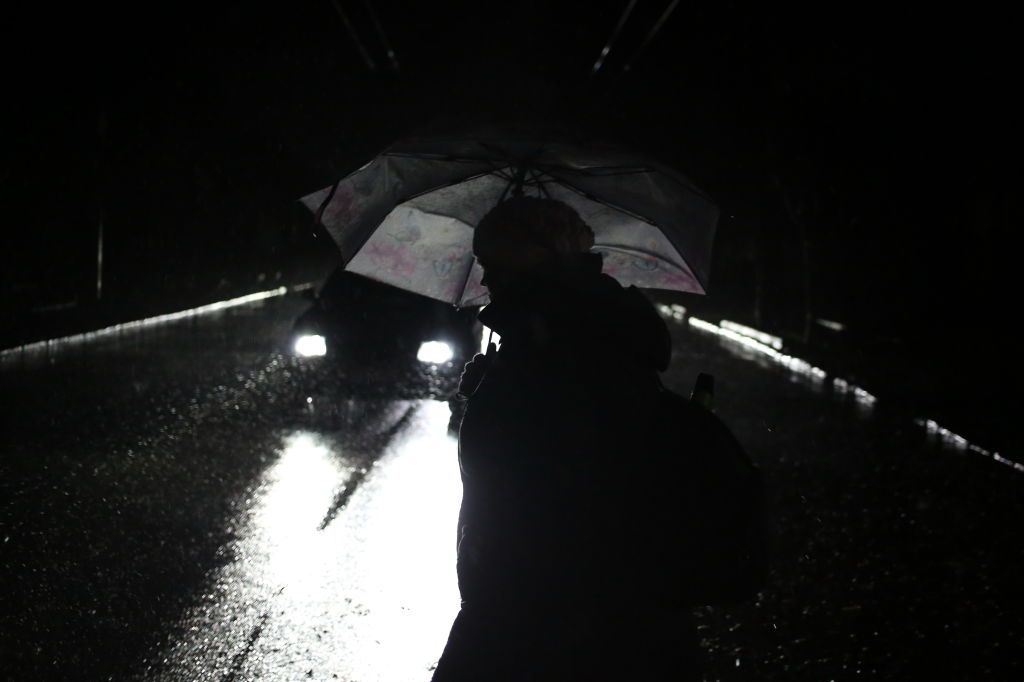
On the night of April 23, for example, 16 out of 17 drones were shot down. On the night of April 22, five out of seven drones were shot down. On the night of April 19, Ukrainian air defense and Mobile Air Defense Fire Teams destroyed 14 out of 14 drones.
Teams like Kostiantyn’s are constantly on the move, part of a network of air defense in Ukraine that tries to create an umbrella to protect civilians. And on most nights they are able to shoot down most of what Russia sends their way.
Kostiantyn's small team works well together. Everyone knows when to help each other out when they get tired. When the drones are flying, every minute counts, because a Shahed can fly into their zone at any moment.
Kostiantyn is already addicted to his work. Although he admits that his "drone hunting" work has become routine, he feels that he is making an important contribution to Ukraine by protecting people. One day, he may stop hearing drones wherever he goes.
Editor’s Note: The opinions expressed in the op-ed section are those of the authors and do not purport to reflect the views of the Kyiv Independent.
